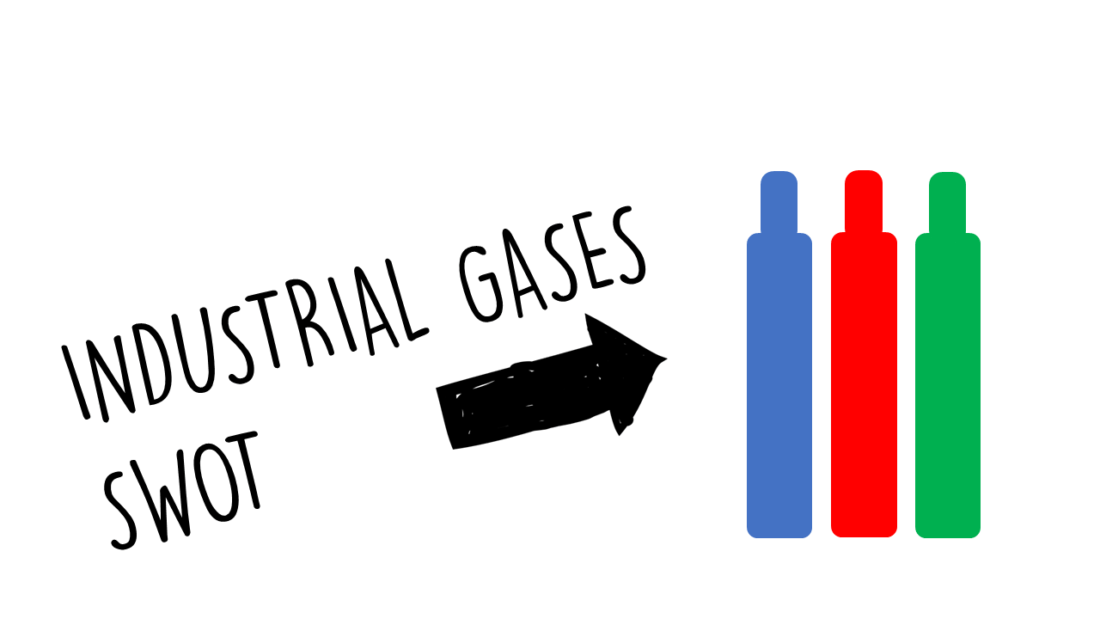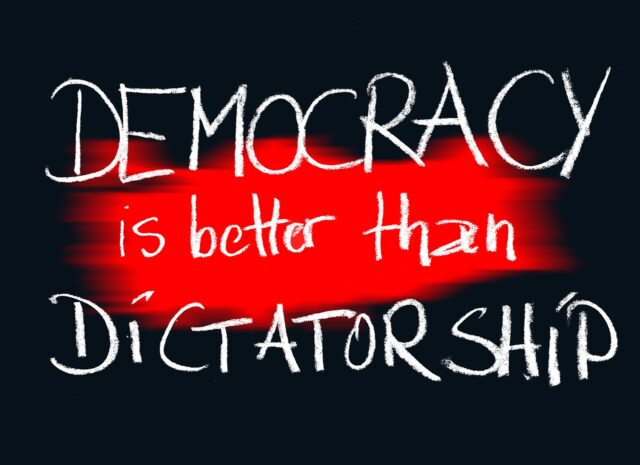Understanding the Major Competitors of the Industrial Gas Business: LINDE,AIR LIQUIDE, AIR PRODUCTS
Linde, Air Liquide, and Air Products are three major competitors in the industrial gas business. Here is an overview of each company:
Linde:
Linde is a global industrial gases and engineering company. It operates in over 100 countries and offers a wide range of gases and related services to various industries, including healthcare, chemicals, and manufacturing. Linde has a strong global presence and invests heavily in research and development to develop innovative solutions. In 2018, Linde merged with Praxair to form Linde plc, creating the largest industrial gas company in the world.
Air Liquide:
Air Liquide is a French multinational company that specializes in industrial gases and services. It operates in over 80 countries and serves a wide range of industries, including healthcare, electronics, and energy. Air Liquide has a strong focus on innovation and technology, investing in research and development to develop advanced gas solutions. The company also has a significant presence in the healthcare sector, providing medical gases and services.
Air Products:
Air Products is an American multinational corporation that provides industrial gases and related equipment to various industries. It operates in over 50 countries and offers a wide range of gases, including hydrogen, nitrogen, and oxygen. Air Products serves industries such as chemicals, refining, and electronics. The company also provides technology and equipment for gas separation and purification.
Competitive Landscape:
The industrial gas industry is highly competitive, with Linde, Air Liquide, and Air Products being major players. These companies compete for market share and customers by offering a diverse range of gases, innovative solutions, and high-quality services. They also focus on operational efficiency, cost management, and customer relationships to maintain a competitive edge.
In recent years, there have been significant mergers and acquisitions in the industry, such as the merger between Linde and Praxair. These consolidations have reshaped the competitive landscape and created larger, more globally diversified companies.
The industry is also influenced by factors such as technological advancements, regulatory changes, and economic conditions. Companies that can adapt to these changes, invest in research and development, and provide sustainable and innovative solutions are likely to have a competitive advantage in the industrial gas business.
LINDE, Air Liquide, Air Products SWOT Analysis
SWOT analysis is a useful tool for evaluating the strengths, weaknesses, opportunities, and threats of a company. Here is a SWOT analysis for Linde, Air Liquide, and Air Products:
Linde:
Strengths:
1. Global presence: Linde operates in over 100 countries, giving it a strong global footprint and access to diverse markets.
2. Research and development: Linde invests heavily in R&D to develop innovative gas solutions and technologies.
3. Strong customer relationships: The company has established long-term relationships with a wide range of customers across various industries.
4. Merger with Praxair: The merger with Praxair has created the largest industrial gas company in the world, providing Linde with increased scale and market power.
Weaknesses:
1. Integration challenges: The merger with Praxair may present integration challenges and require significant resources and efforts.
2. Dependence on key industries: Linde’s business is heavily reliant on industries such as healthcare, chemicals, and manufacturing, which may be subject to economic fluctuations.
Opportunities:
1. Growing demand for clean energy: The shift towards clean energy sources presents opportunities for Linde to provide gases and technologies for renewable energy production.
2. Emerging markets: Linde can expand its presence in emerging markets, where industrialization and infrastructure development are driving demand for industrial gases.
Threats:
1. Intense competition: Linde faces strong competition from other major players in the industrial gas industry, such as Air Liquide and Air Products.
2. Economic downturns: A global economic downturn could impact demand for industrial gases and affect Linde’s business.
Air Liquide:
Strengths:
1. Diverse customer base: Air Liquide serves a wide range of industries, including healthcare, electronics, and energy, giving it a diverse customer base.
2. Technological expertise: The company has a strong focus on innovation and technology, allowing it to develop advanced gas solutions.
3. Strong global presence: Air Liquide operates in over 80 countries, providing it with a strong global footprint.
Weaknesses:
1. Dependence on key customers: Air Liquide’s business is reliant on a few key customers, which may expose it to risks if these customers reduce their demand.
2. Vulnerability to economic fluctuations: Economic downturns can impact demand for industrial gases and affect Air Liquide’s financial performance.
Opportunities:
1. Healthcare sector growth: The healthcare industry is growing, presenting opportunities for Air Liquide to provide medical gases and services.
2. Sustainable solutions: The increasing focus on sustainability creates opportunities for Air Liquide to develop and offer environmentally friendly gas solutions.
Threats:
1. Intense competition: Air Liquide faces strong competition from other major players in the industrial gas industry.
2. Regulatory changes: Changes in regulations related to environmental standards or safety requirements can impact Air Liquide’s operations and increase compliance costs.
Air Products:
Strengths:
1. Diverse product portfolio: Air Products offers a wide range of gases, including hydrogen, nitrogen, and oxygen, catering to various industries.
2. Technological expertise: The company provides technology and equipment for gas separation and purification, giving it a competitive advantage.
3. Global presence: Air Products operates in over 50 countries, providing it with a strong global footprint.
Weaknesses:
1. Dependence on key industries: Air Products’ business is heavily reliant on industries such as chemicals, refining, and electronics, which may be subject to economic fluctuations.
2. Limited presence in certain markets: Air Products may have limited presence in certain emerging markets, which could restrict its growth potential.
Opportunities:
1. Growing demand for hydrogen: The increasing focus on clean energy and hydrogen as a fuel source presents opportunities for Air Products to provide hydrogen-related solutions.
2. Expansion in emerging markets: Air Products can expand its presence in emerging markets, where industrialization and infrastructure development are driving demand for industrial gases.
Threats:
1. Intense competition: Air Products faces strong competition from other major players in the industrial gas industry.
2. Economic downturns: A global economic downturn could impact demand for industrial gases and affect Air Products’ business.
Strategies for Success for LINDE, AIR LIQUIDE, AIR PRODUCTS
Strategies for Success for Linde, Air Liquide, and Air Products can include:
1. Innovation and R&D: All three companies should continue to invest in research and development to develop new and advanced gas solutions and technologies. This will help them stay ahead of the competition and meet the evolving needs of their customers.
2. Global Expansion: Expanding their presence in emerging markets can provide growth opportunities for all three companies. They should focus on establishing strong distribution networks and partnerships in these markets to capture the increasing demand for industrial gases.
3. Customer Relationship Management: Maintaining strong and long-term relationships with customers is crucial for success. Linde, Air Liquide, and Air Products should focus on understanding their customers’ needs and providing tailored solutions to meet those needs. This can include offering value-added services, such as technical support and training.
4. Sustainability and Clean Energy: The shift towards clean energy sources presents opportunities for all three companies to provide gases and technologies for renewable energy production. They should invest in sustainable solutions and promote their environmental initiatives to attract customers who prioritize sustainability.
5. Mergers and Acquisitions: Linde’s merger with Praxair has created the largest industrial gas company in the world. All three companies should consider strategic mergers and acquisitions to expand their market share, gain access to new technologies, and achieve economies of scale.
6. Operational Efficiency: Improving operational efficiency can help reduce costs and improve profitability. This can be achieved through process optimization, automation, and continuous improvement initiatives.
7. Talent Development: Investing in talent development and creating a strong organizational culture can help attract and retain top talent. Linde, Air Liquide, and Air Products should focus on developing their employees’ skills and fostering a culture of innovation and collaboration.
8. Risk Management: All three companies should have robust risk management strategies in place to mitigate potential risks, such as economic downturns, regulatory changes, and supply chain disruptions. This can include diversifying their customer base, monitoring market trends, and implementing contingency plans.
By implementing these strategies, Linde, Air Liquide, and Air Products can position themselves for long-term success in the competitive industrial gas industry.
Conclusion and Recommended Actions for LINDE, AIR LIQUIDE and AIR PRODUCTS
In conclusion, Linde, Air Liquide, and Air Products are well-established players in the industrial gas industry. To ensure continued success, they should focus on the following recommended actions:
1. Continue investing in research and development to drive innovation and develop new gas solutions and technologies.
2. Expand their presence in emerging markets by establishing strong distribution networks and partnerships.
3. Maintain strong customer relationships by understanding their needs and providing tailored solutions.
4. Embrace sustainability and clean energy by investing in sustainable solutions and promoting environmental initiatives.
5. Consider strategic mergers and acquisitions to expand market share, gain access to new technologies, and achieve economies of scale.
6. Improve operational efficiency through process optimization, automation, and continuous improvement initiatives.
7. Invest in talent development and foster a culture of innovation and collaboration.
8. Implement robust risk management strategies to mitigate potential risks.
By implementing these actions, Linde, Air Liquide, and Air Products can position themselves for long-term success and maintain their competitive edge in the industrial gas industry.




